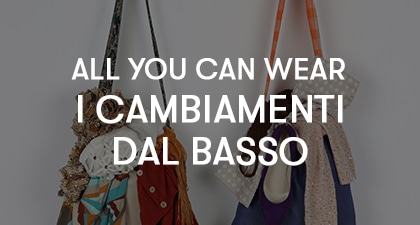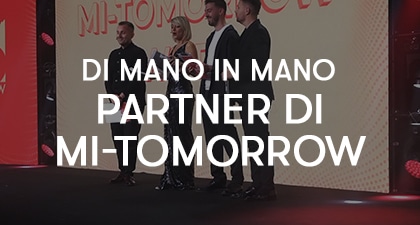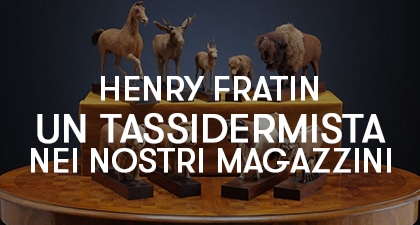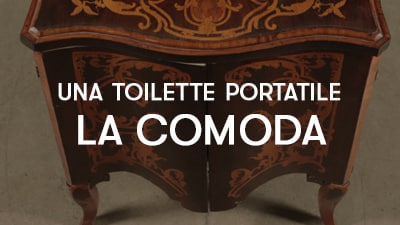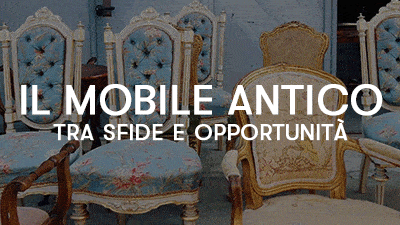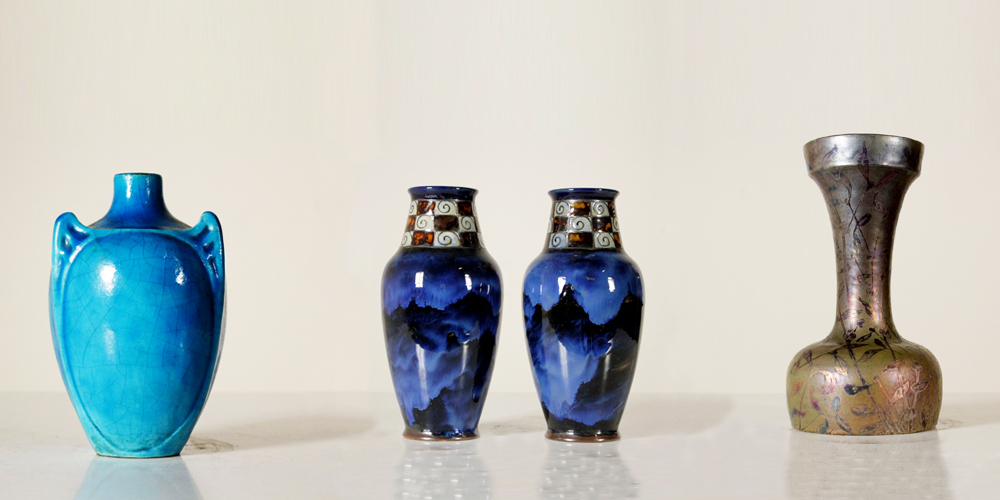
At the turn of the 19th and 20th centuries in Europe and the United States, a new cultural climate emerged, characterized by the expansion of industrialization and the strengthening of the bourgeoisie’s economic and social power.
This is the era of large migrations from the countryside to the cities, of the shift from a traditionally agricultural economy to an industrial one. The most significant developments in communication systems take place, with railways becoming the usual means of mass transportation and the automobile replacing the bicycle. Society evolves rapidly: social classes solidify, political parties are formed, and the press becomes the undisputed ruler of public opinion.
It is inevitable that the need for a radical change is soon felt in the artistic and cultural context. In 1873, Friedrich Nietzsche (1844-1900), in a paper titled “The Use and Abuse of History,” states that Europe must free itself from its historical baggage and express a repressed inner potential. This marks a rejection of the cultural forms established in the 19th century: the classicism of the École de Beaux-Arts and Eclecticism. Any recourse to past styles is firmly rejected, and more airy solutions are adopted, capable of exploiting luminosity. Inspiration is drawn from nature, leading to an extremely marked linearism, a metamorphic character in forms, and a pronounced decorative elegance: thus, Art Nouveau is born.
“If the long and sensitive curve that resembles the stem of a lily, an insect’s antenna, the stamen of a flower, or a slender flame, the curve that sways, that floats, that intertwines with others, that sprouts from every corner and asymmetrically covers all available surfaces, can be considered the leitmotif of Art Nouveau, then the first work of Art Nouveau is the cover of Arthur H. Mackmurdo’s book on Wren’s Churches in the City, published in 1883.”

This is what Nikolaus Pevsner (1902-1983) writes in his work “The Pioneers of Modern Architecture,” tracing the root of the new artistic movement in Mackmurdo’s cover (1851-1942). As Pevsner himself states, the primary source for Mackmurdo is undoubtedly the Pre-Raphaelite world of Burne-Jones, but at the same time, fragments of Art Nouveau can be found in the Gothic revival, in English architecture and design, and in the Morrisian style of the Arts and Crafts movement.
In painting, a stylization of the figure emerges for symbolic or decorative purposes, with representatives of this new trend such as Fernand Khnopff (1858-1921), Jan Toorop (1858-1928), Aubrey Vincent Beardsley (1872-1898), Ferdinand Holder (1853-1918), Gustav Klimt (1862-1918), and Edvard Munch (1863-1944). However, Art Nouveau should not be considered a movement primarily related to painting; the most innovative results are found in architecture, interior decoration, and the decorative arts.
The first and most explanatory architectural work of the new style is undoubtedly the Tassel Hotel, designed by Victor Horta (1861-1947) in Brussels, on Rue de Turin, in 1892-93.
In contrast to the rather linear façade, characterized by a protruding central volume, the interiors feature wide staircases, dining rooms, and winter gardens that unfold in long internal perspectives. The great innovation brought by Horta, which will be the leitmotif of the entire Art Nouveau movement, lies in the project’s unity and the synthesis between architecture and decorative arts. The same vegetal forms can be found on the wallpaper, the mosaic flooring, the handrails, and the supporting columns. The innovations are not limited to ornamentation but also extend to the use of new visible materials such as stone and, above all, iron. Reworking the experiments of Eugène Viollet-le-Duc (1814-1879), this expresses the new industrialized Europe, studying the possibilities of new materials such as iron, glass, and concrete, creating an alliance between art and industry capable of bringing beauty into everyday life.

Belgium proves to be fertile ground for the ideas of another great representative of Art Nouveau: Henry van de Velde (1863-1957). This versatile artist soon dedicated himself to applied arts, designing furniture, furnishings, and tapestries.
In 1894-95, Van de Velde designed a house for himself in the town of Uccle, not far from Brussels. The furnishings were specifically designed by the artist. Unlike the work of Horta, the line is no longer sumptuous, but rather oriented towards the structurality of machines. The forms are rigorously abstract, focusing on declaring the function of the object and its parts. Van de Velde also favored the use of industrialization for the mass production of objects and furnishings, making them accessible to the masses, as long as they were under the control of the artisan capable of adding subjective artistic elements.

Van de Velde’s work and revolutionary artistic vision soon gained international recognition, thanks to the Hamburg art dealer Samuel Bing (1838-1905). After traveling to the Far East and the United States, Bing moved to Paris, where in 1895 he opened a modern art shop. For the design of some interiors, he turned to Van de Velde, and the shop was named “L’Art Nouveau.” The name of the new artistic movement that emerged in the Franco-Belgian area was indeed derived from Bing’s store on Rue de Provence.
Soon, the new artistic trends spread across the continent, with different names depending on the geographical area: Floral or Liberty in Italy, Jugendstil in Germany, Sezessionstil in Austria, Modern Style in Britain, Modernismo in Spain.
Architect Hector Guimard (1867-1942) designed the Paris metro stations in 1900: he was inspired by nature to create arches and iron furnishings produced in series using molds.
In Austria, the Secession group was formed with the magazine Ver Sacrum around the figures of Otto Wagner (1841-1918) and Josef Maria Olbrich (1867-1908). The latter was entrusted with the design of the Secession building, constructed between 1897 and 1898: here, the new decadence of Art Nouveau gives way to pure geometric forms.
In the United States, the Chicago school was born under the influence of Louis Sullivan (1856-1924). In 1888, he designed the interiors of his famous auditorium, decorated with tangles of tendrils, cabbage-shaped leaves, shells, and coral-like growths.
In architecture, Art Nouveau reached its peak in Spain with Antoni Gaudí (1852-1926). A passionate reader of Ruskin’s works, Gaudí expressed a distinct medieval inspiration in his early projects, albeit in a fantastical form.
The Art Nouveau style also spread to graphic design and industrial design, as well as in the design of furniture and furnishings.
In France, Emile Gallé (1846-1904) is undoubtedly one of the major figures of the new artistic movement.
Gallé’s early work included transparent glass vases with Oriental motifs. However, he gained success in 1890 with the direction of the Nancy factory, where he produced inlaid furniture but mainly vases and lamps made of glass in two or more overlapping colors, etched with acid, opaque, and embossed with motifs. The forms always stem from Gallé’s belief in nature as the only legitimate source of inspiration for craftsmanship.

At the same Nancy factory, Eugène Vallin (1856-1922) and Louis Majorelle (1859-1926) worked, both major figures in Art Nouveau cabinetmaking. The furniture they created always combined the elegance of forms with the preciousness of wood species and materials.
Inspired by the German glassmaker Koepping and by Emile Gallé, Louis Comfort Tiffany (1848-1933) opened a workshop in New York in 1892, dedicated to creating furniture and household items. Lamps, stained glass, vases, and objects with shapes distinctly inspired by the plant and floral world, characterized by intense color ranges, opalescent and metallic hues.
In the vision of a unified design approach, the decorative arts are finally granted renewed dignity: a constellation of excellent manufactures emerges, illuminating the artistic production of the time.
Article written by Alessandro Wegher
From February 22 to 24, at the Di Mano in Mano location in Milan, you can rediscover the charm of Art Nouveau thanks to the event “Liberty Rendez-Vous”; an opportunity to admire a selection of Art Nouveau vases, cachepots, and furnishings.
Saturday, February 23 at 17:30, a special lecture by Alessandro Wegher, expert in decorative arts, who will lead guests on a journey through the history and artistic evolution of Art Nouveau.

Architect Hector Guimard (1867-1942) designed the Paris metro stations in 1900: he was inspired by nature to create arches and iron furnishings produced in series using molds.
In Austria, the Secession group was formed with the magazine Ver Sacrum around the figures of Otto Wagner (1841-1918) and Josef Maria Olbrich (1867-1908). The latter was entrusted with the design of the Secession building, constructed between 1897 and 1898: here, the new decadence of Art Nouveau gives way to pure geometric forms.
In the United States, the Chicago school was born under the influence of Louis Sullivan (1856-1924). In 1888, he designed the interiors of his famous auditorium, decorated with tangles of tendrils, cabbage-shaped leaves, shells, and coral-like growths.
In architecture, Art Nouveau reached its peak in Spain with Antoni Gaudí (1852-1926). A passionate reader of Ruskin’s works, Gaudí expressed a distinct medieval inspiration in his early projects, albeit in a fantastical form.
The Art Nouveau style also spread to graphic design and industrial design, as well as in the design of furniture and furnishings.
In France, Emile Gallé (1846-1904) is undoubtedly one of the major figures of the new artistic movement.
Gallé’s early work included transparent glass vases with Oriental motifs. However, he gained success in 1890 with the direction of the Nancy factory, where he produced inlaid furniture but mainly vases and lamps made of glass in two or more overlapping colors, etched with acid, opaque, and embossed with motifs. The forms always stem from Gallé’s belief in nature as the only legitimate source of inspiration for craftsmanship.

At the same Nancy factory, Eugène Vallin (1856-1922) and Louis Majorelle (1859-1926) worked, both major figures in Art Nouveau cabinetmaking. The furniture they created always combined the elegance of forms with the preciousness of wood species and materials.
Inspired by the German glassmaker Koepping and by Emile Gallé, Louis Comfort Tiffany (1848-1933) opened a workshop in New York in 1892, dedicated to creating furniture and household items. Lamps, stained glass, vases, and objects with shapes distinctly inspired by the plant and floral world, characterized by intense color ranges, opalescent and metallic hues.
In the vision of a unified design approach, the decorative arts are finally granted renewed dignity: a constellation of excellent manufactures emerges, illuminating the artistic production of the time.
Article written by Alessandro Wegher
From February 22 to 24, at the Di Mano in Mano location in Milan, you can rediscover the charm of Art Nouveau thanks to the event “Liberty Rendez-Vous”; an opportunity to admire a selection of Art Nouveau vases, cachepots, and furnishings.
Saturday, February 23 at 17:30, a special lecture by Alessandro Wegher, expert in decorative arts, who will lead guests on a journey through the history and artistic evolution of Art Nouveau.



